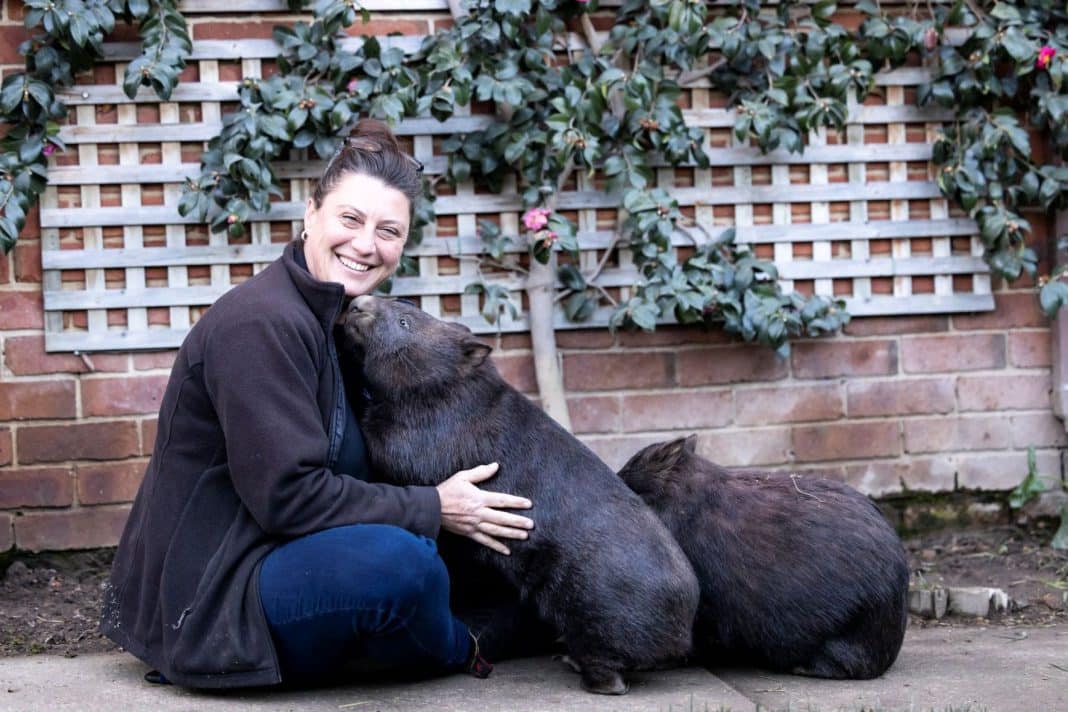In the backyard of a home in northern Canberra hides a small but mighty sanctuary, the Wombat Rescue. Founded by Yolandi Vermaak with operations running from her house in Nicholls, she and her volunteers are dedicated to helping the local wombat population.
Originally from South Africa, Yolandi and her family moved to Australia in 2013, settling in Canberra. It was during a trip to the zoo at Batemans Bay she first met a baby wombat and instantly fell in love. Yolandi’s husband was diagnosed with leukemia before passing away in 2015; while dealing with the grief, she knew she needed to keep busy and remembered the baby wombat.
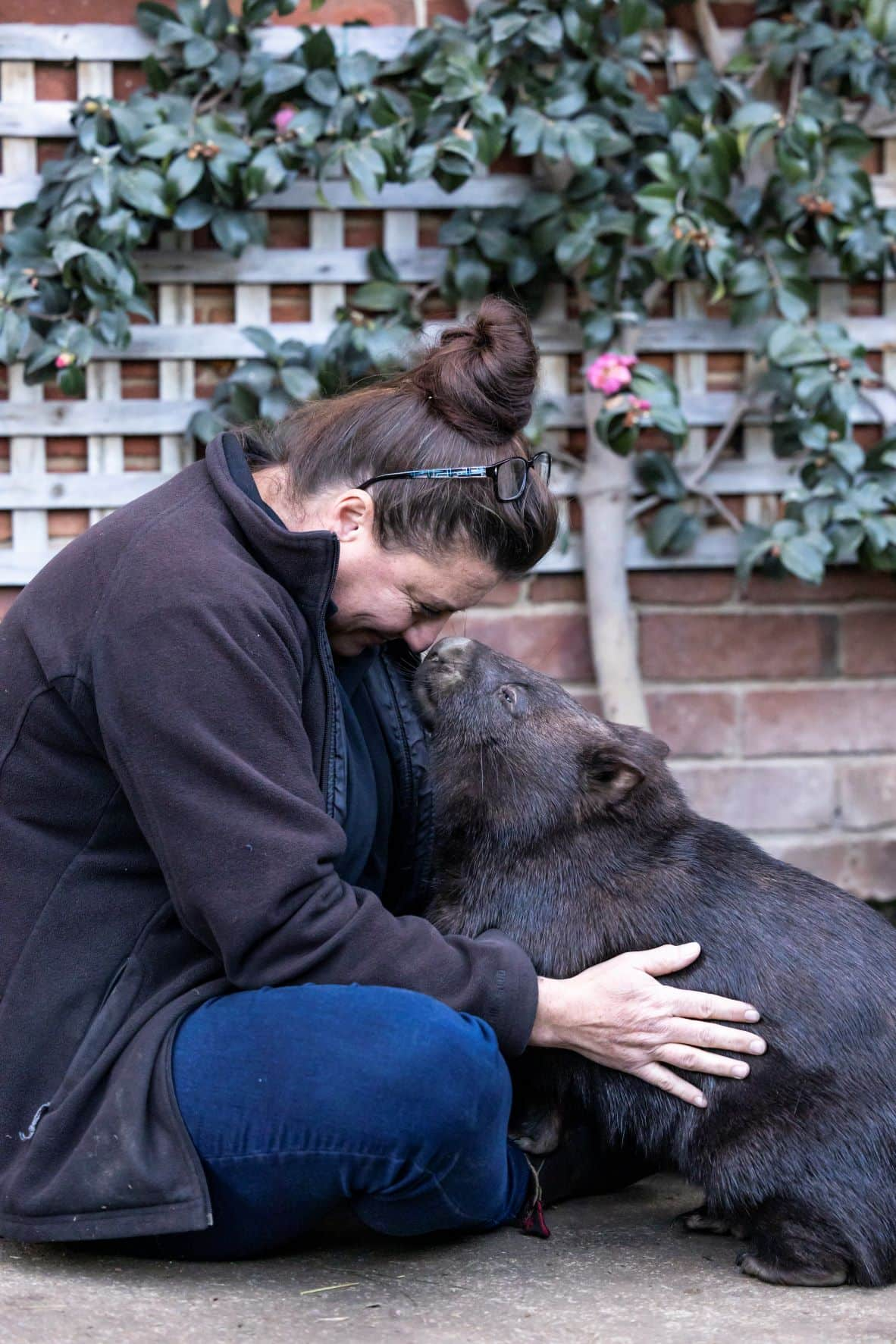
“He did say you need to follow your passion and do whatever you need to make you happy. He paved that for me in that way. I’m thankful for that,” Yolandi says.
She volunteered at a sanctuary for a while before becoming interested in branching out after seeing countless joeys orphaned when their mums were hit by cars. Yolandi was also tired of doing the thankless jobs and was eager to be out helping with road rescues.
Not long after hitting the road, she became aware of a much larger issue impacting wombats, mange. The scabies-like disease is highly contagious and can kill wombats by the thousands. It has a 100 per cent mortality rate in wombats, eventually causing them to develop a thick crust, go blind, deaf, and succumb to organ failure, she says.
“It’s really cruel to leave them like that and I know there are landowners who don’t like them. My plea is euthanise them if you don’t want to treat them or let us treat them, but don’t leave them.”
Yolandi says the mite load wombats carry differs from any other animal, possibly because they spend so much time underground which creates the perfect temperature and humidity for mites to breed; they cannot survive in sunlight.
Restricted by the size of her backyard, Yolandi is only able to care for two wombats at a time while they recuperate. When CW visited the Wombat Rescue, there were two female wombats that had come to her near death, Jemma and Raye.
About a year ago she received a call from a worker in Hume telling her a wombat was sitting in a paddock. When Yolandi arrived, it was obvious this baby wombat was dying; she was curled up and her body was starting to shut down. It’s nothing short of a miracle Raye pulled through.
A couple of months later, Jemma came to her from another wildlife group that was overflowing with animals in need. Knowing Yolandi had the magic touch, the group called her saying the wombat was sick and they couldn’t bear to lose another.
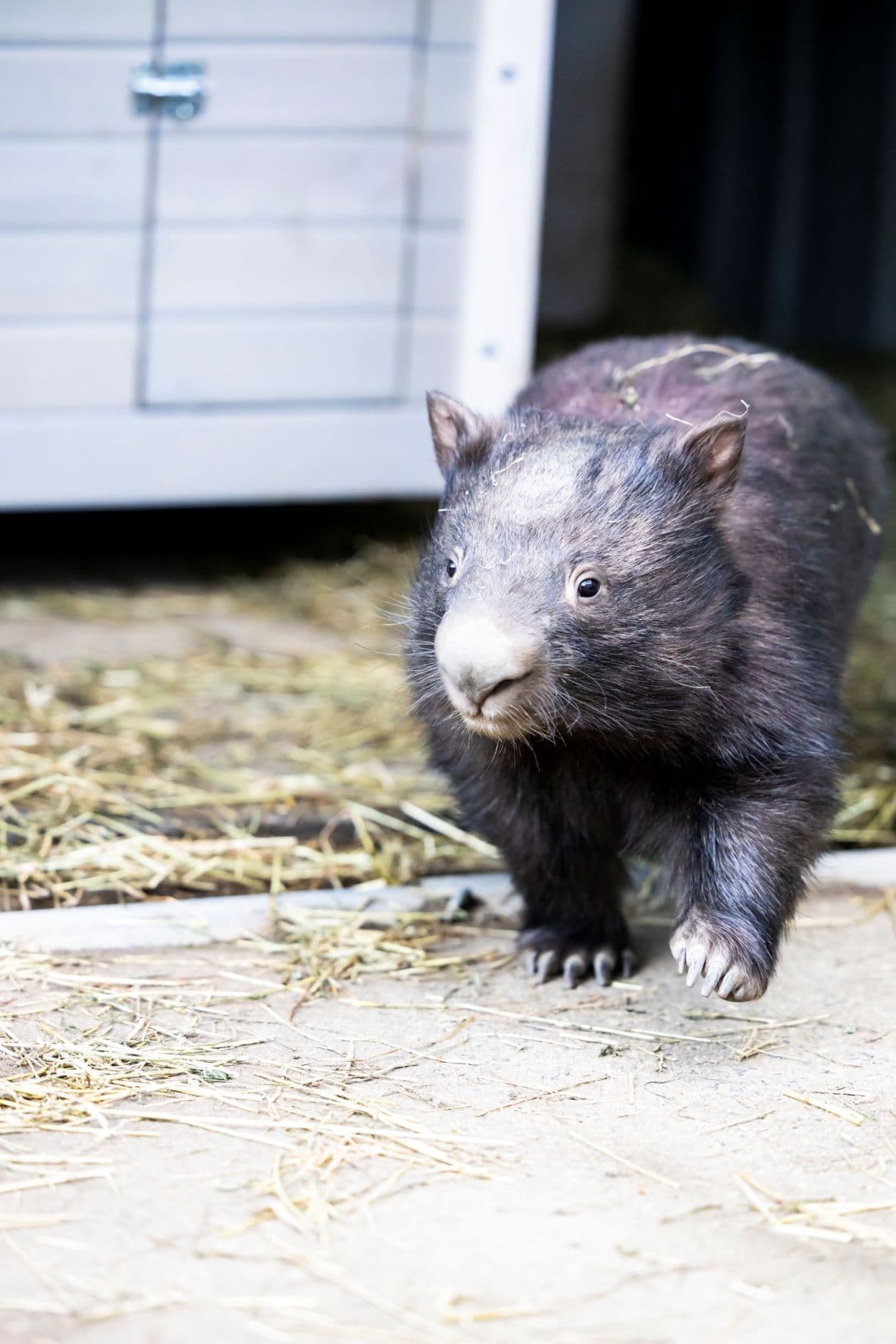
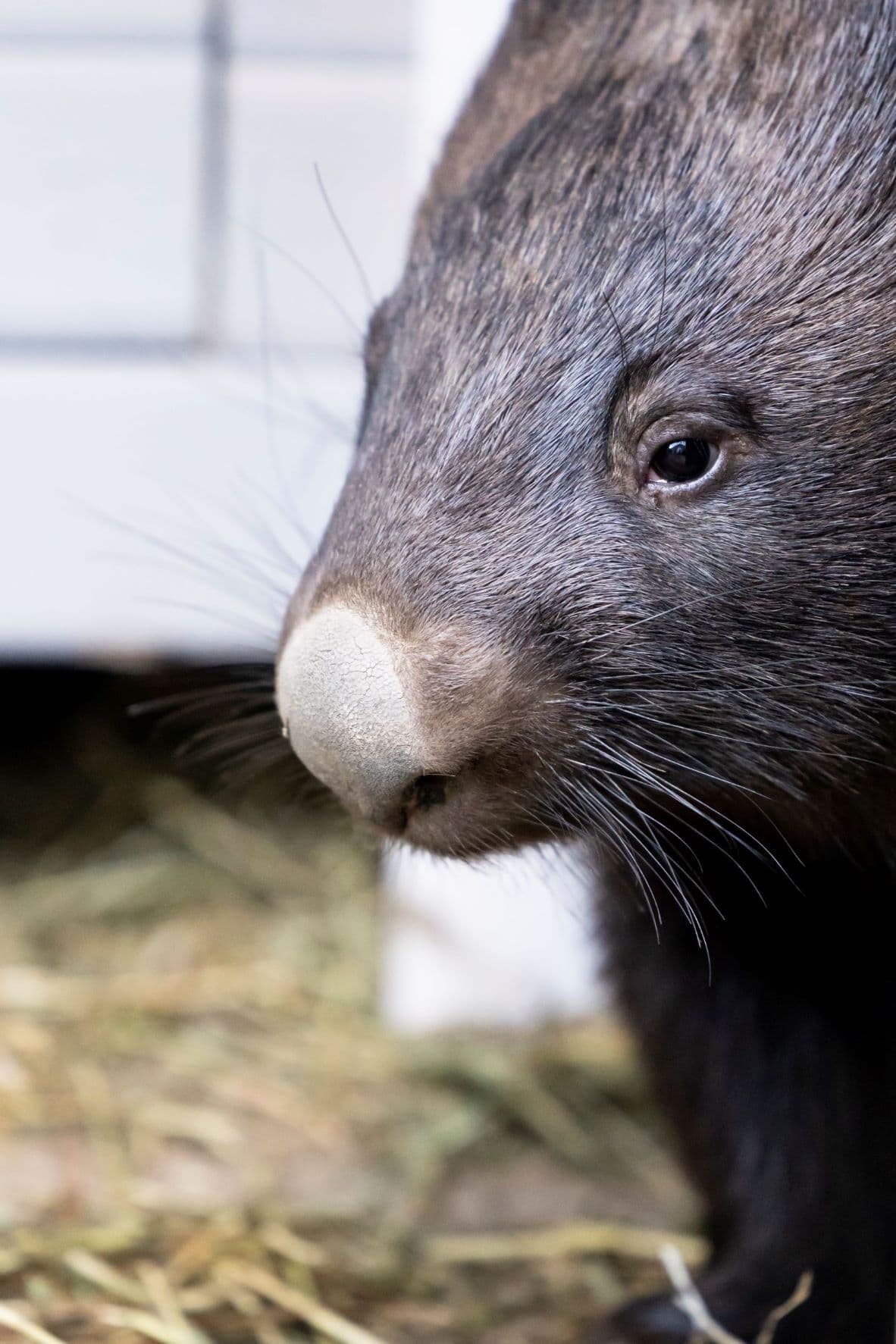
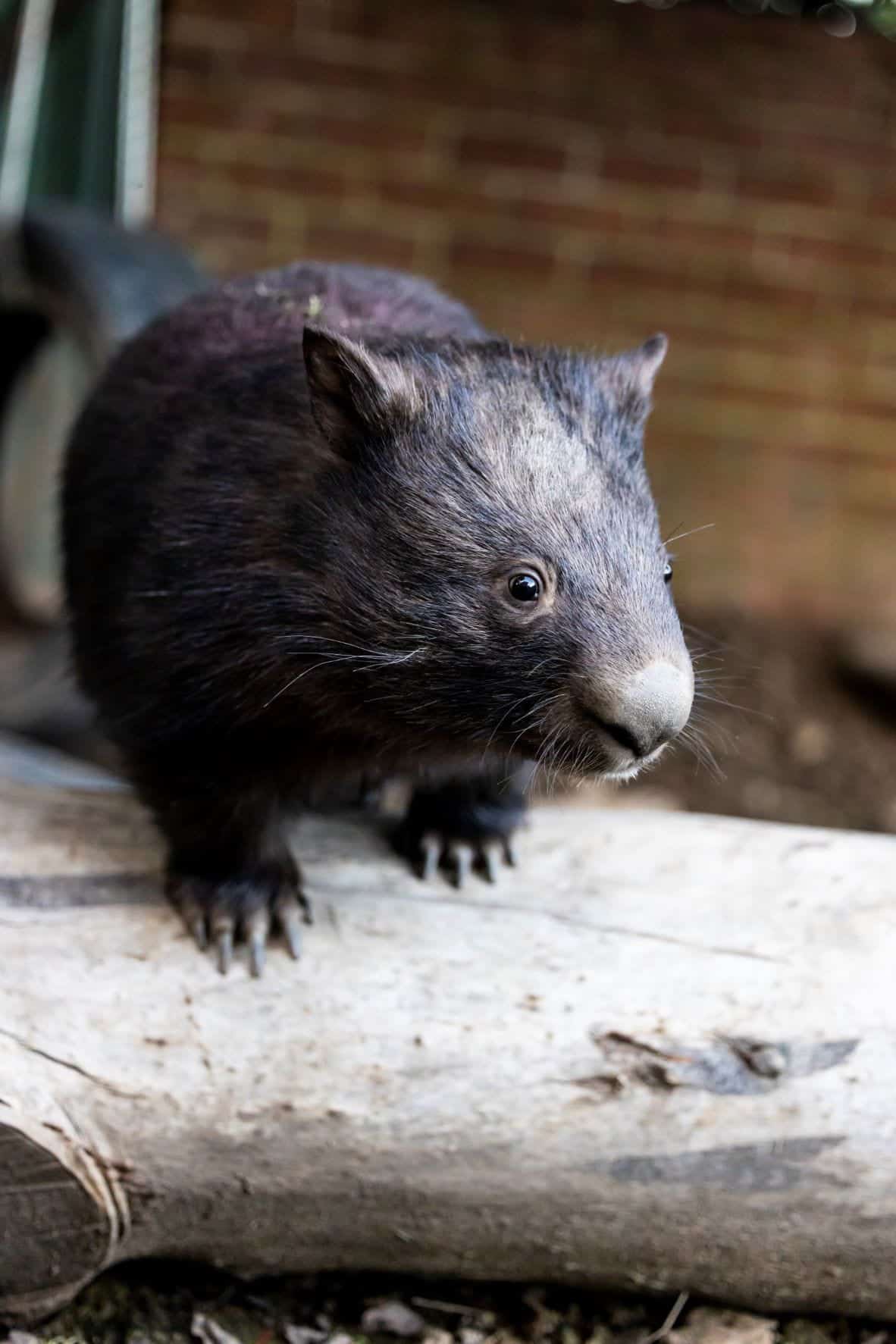
As cute as the animals may be, Yolandi is adamant about keeping them as wild as possible, which can be tricky when they are spending time in suburbia getting accustomed to the sounds of cars, dogs, and people. Yolandi tries to reduce the amount of time she spends with them.
“These guys are old enough to leave their mothers, so I don’t play the mother role with them. I feed them, obviously, but I don’t play as much and before release they’ll be going to a soft release enclosure.”
The soft enclosure is a halfway home for wombats on the mend, located on a friend’s farm away from humans and traffic. A roughly 50sqm enclosure is set up for them to get used to the idea of being back in the wild. The animals spend a couple of weeks here before being moved to their release site.
“You don’t take them into the bush and let them go; it’s too hard on them, it’s very stressful, it’s a change. They don’t like change,” Yolandi says.
Once at the release site, which has been vetted by Yolandi or one of the volunteers, the soft release enclosure will be set up again. The gates will be opened after some time, allowing the wombats to explore their new home while still being able to retreat to the comfort of the pen. Eventually, the wombat grows more confident and no longer feels the need to return.
When trying to find a suitable site for the wombats to live, Yolandi sends a questionnaire to landowners asking if they are willing to have wombats on the property, along with some questions to figure out if they are the right fit.
“You have to find those who actually understand that they are a burrowing animal; you need to be willing to live with them.”
The impact wombats have on the land is a highly contentious issue. The Wombat Rescue believes they are good for the land as they aerate the soil, while there is a sentiment among some landowners that they cause too much damage. Yolandi says the hate the animals get from farmers is extreme; some shoot them, hunt them down with their cars, poison them, and collapse their burrows.
“We are trying to prevent it. It’s pretty rough in some rural communities out there for wombats; they don’t have an easy life.”
The Wombat Rescue has around 80 volunteers registered, around 12 of whom are continuously active. They are working with the ACT Government, which, for the first time, has agreed to have a collaborative working group tackle mange. Yolandi’s group map all the burrows across the ACT before implementing a mange treatment program.
For the wombats they can’t treat directly on skin, homemade flaps made from ice-cream and vegemite lids are installed on burrow entries, so the medicine spills onto each animal’s back. The burrows are treated once a week for a period of months. As wombats will destroy anything blocking the burrow entry, the method of delivery has to be cheap and easy to replace.
The medicine starts to work quickly but providing 16 doses takes a lot of time and money. Yolandi pays for it herself; the medicine costs $1,100 for 15 litres, which works out to be $35 per wombat.
For the animals they can treat directly, they use a treatment traditionally used for dogs that has been improved to be effective on wombats. Although more effective with only two or three treatments needed, the cost is more significant. One dose of the newer medication is $70, which increases the cost from $35 to $210 per wombat. Wombat Rescue knows of at least 25 wombats requiring treatment.
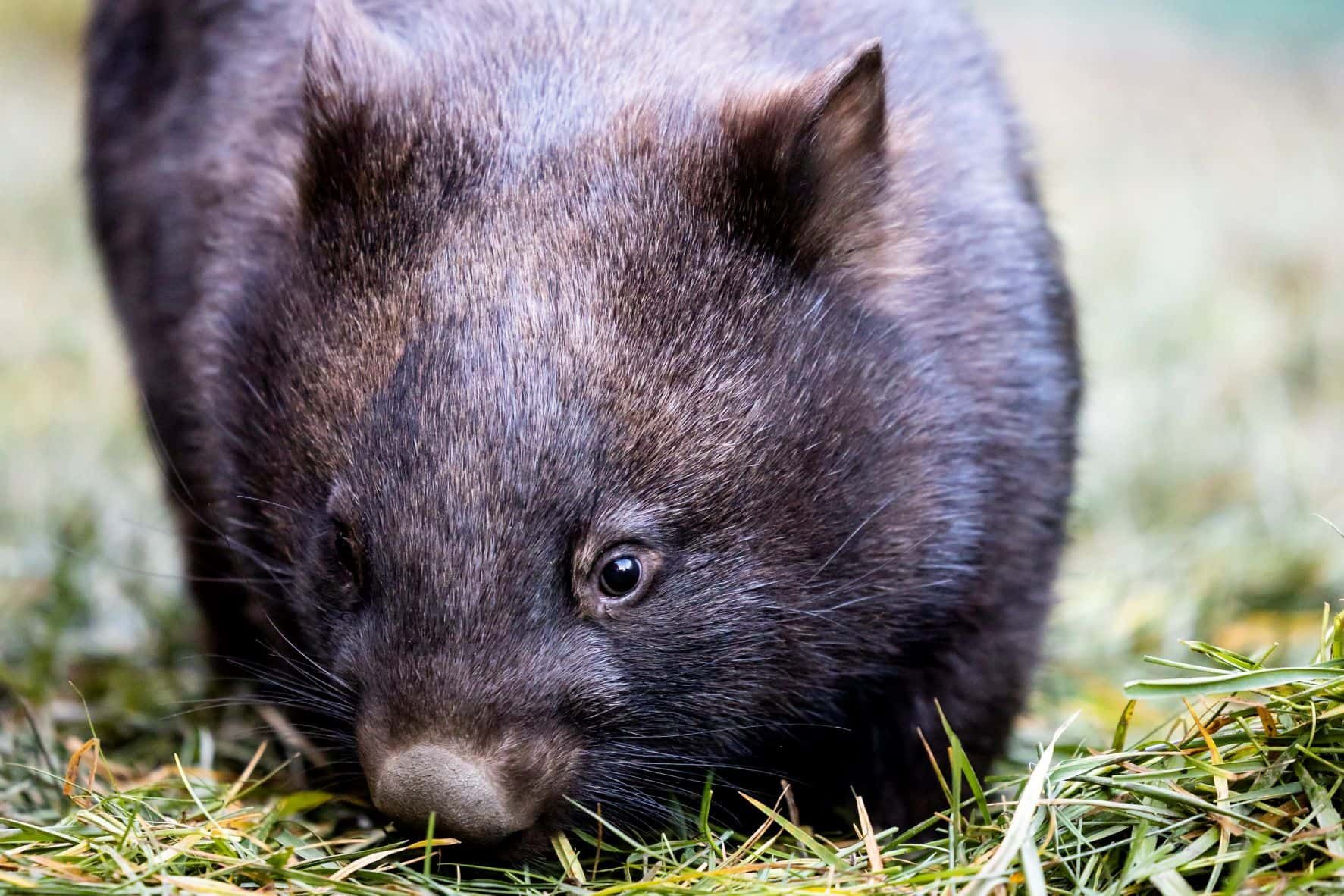
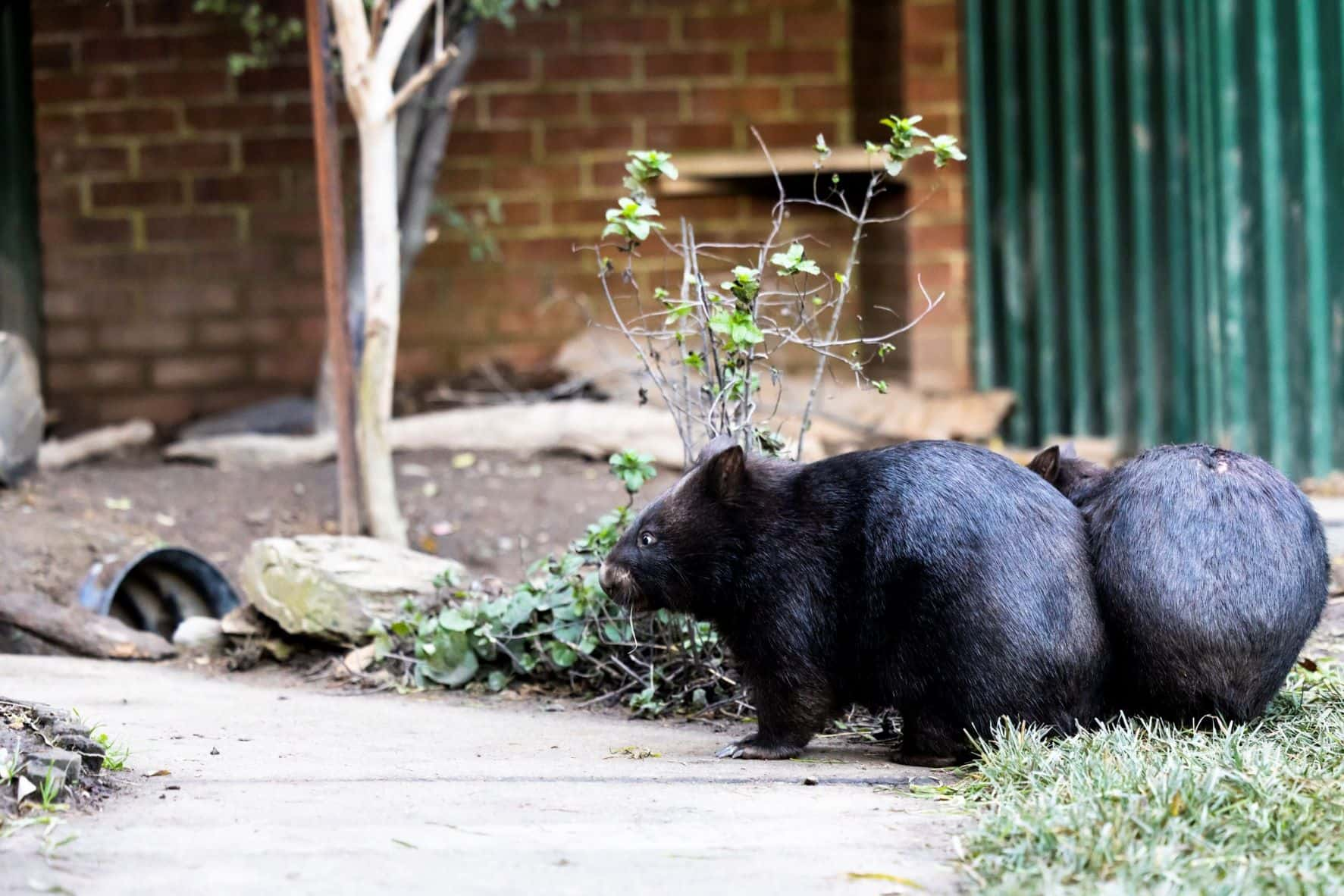
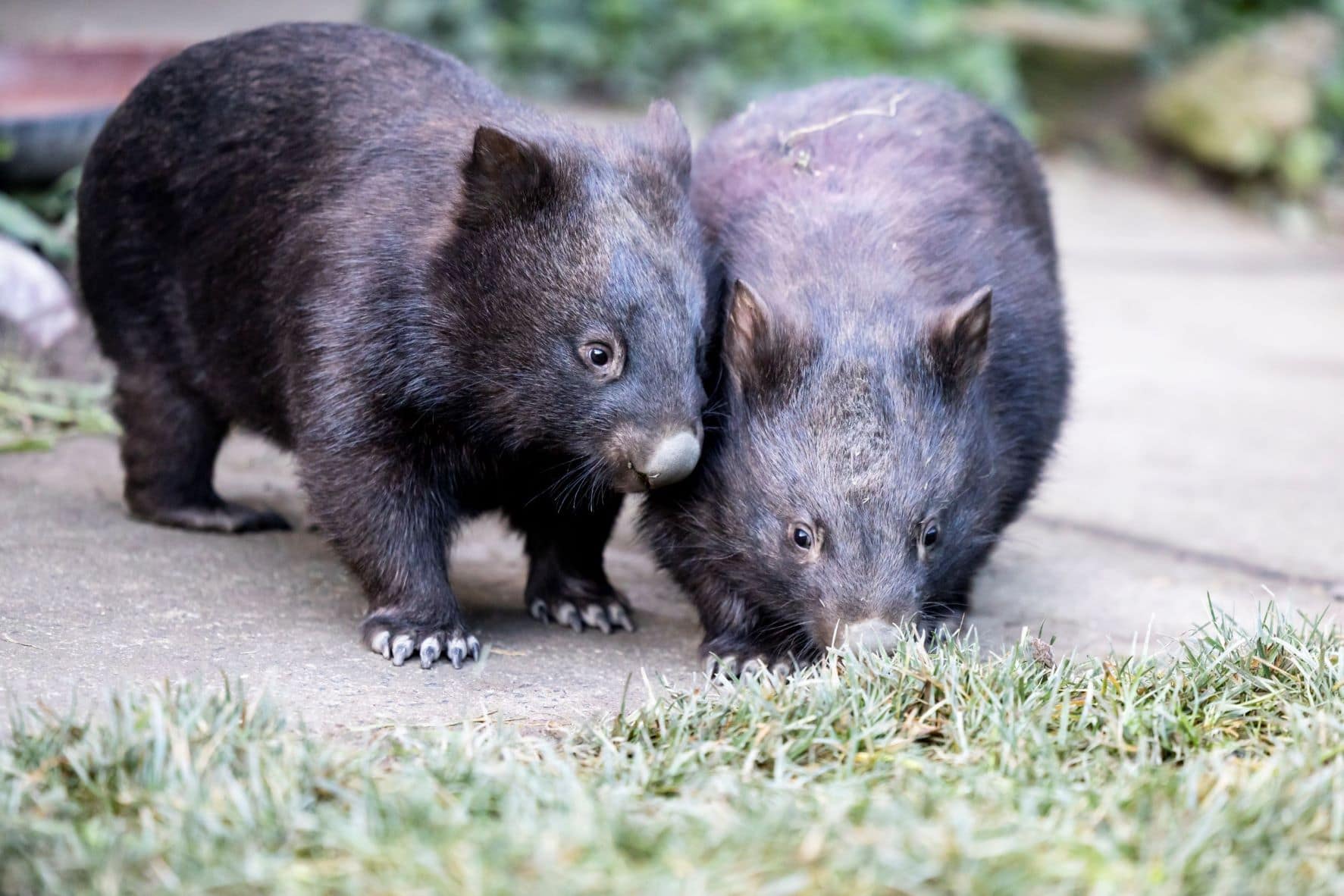
While Yolandi knows her organisation needs to fundraise, it’s hard to find the time when she is constantly racing across NSW and the ACT treating wombats and answering calls. Sometimes people from further away call asking for help. She recently helped a man from Victoria over the phone when he called after his car hit a female wombat with a joey its pouch.
What should you do if you hit a wombat while driving? Yolandi says the first thing is to pull over and ensure your own safety. If the wombat is still alive, don’t try moving them, call a rescue group or ranger. If the wombat is dead, which Yolandi says is about 90 per cent of the time, flip them on their back and then drag them by the hindlegs to the side of the road. It is important to move them this way. Not only is it easier for you, but if there is a joey in the pouch it won’t be injured in the move.
Once at the side of the road you can check the sex of the wombat, the same way would on any other mammal. The pouch of the female is located where you would expect a belly button to be, it is like a small pocket. You can gently feel the pouch to determine if anything is in there or lift it if the joey is bigger.
Yolandi says it’s important to open the pouch even if you don’t think anything is in it. You can see if the animal was a nursing mother, and if one of the teats is bigger than the other then the joey will likely be close by. Yolandi implores people to take the time to look for the creatures otherwise they will suffer before succumbing to weather, birds, and insects.
“You wouldn’t leave a dog that’s been hit or a horse that’s been hit that’s still alive. The reality is it’s pretty horrific and you don’t want that for anyone. That’s a little innocent life.”
Her advice if there is a joey in the pouch is to put the whole animal in your car and take it to the vet. It is possible to cut the pouch, but it can be confronting and it’s easy to injure the joey that way.
Can’t imagine yourself picking up a whole wombat? The creatures are surprisingly light with a fully grown female weighing around 30 to 35 kilograms.
To find out more about Yolandi’s Wombat Rescue, visit wombatrescue.com.au
Canberra Daily is keen to hear from you about a story idea in the Canberra and surrounding region. Click here to submit a news tip.

